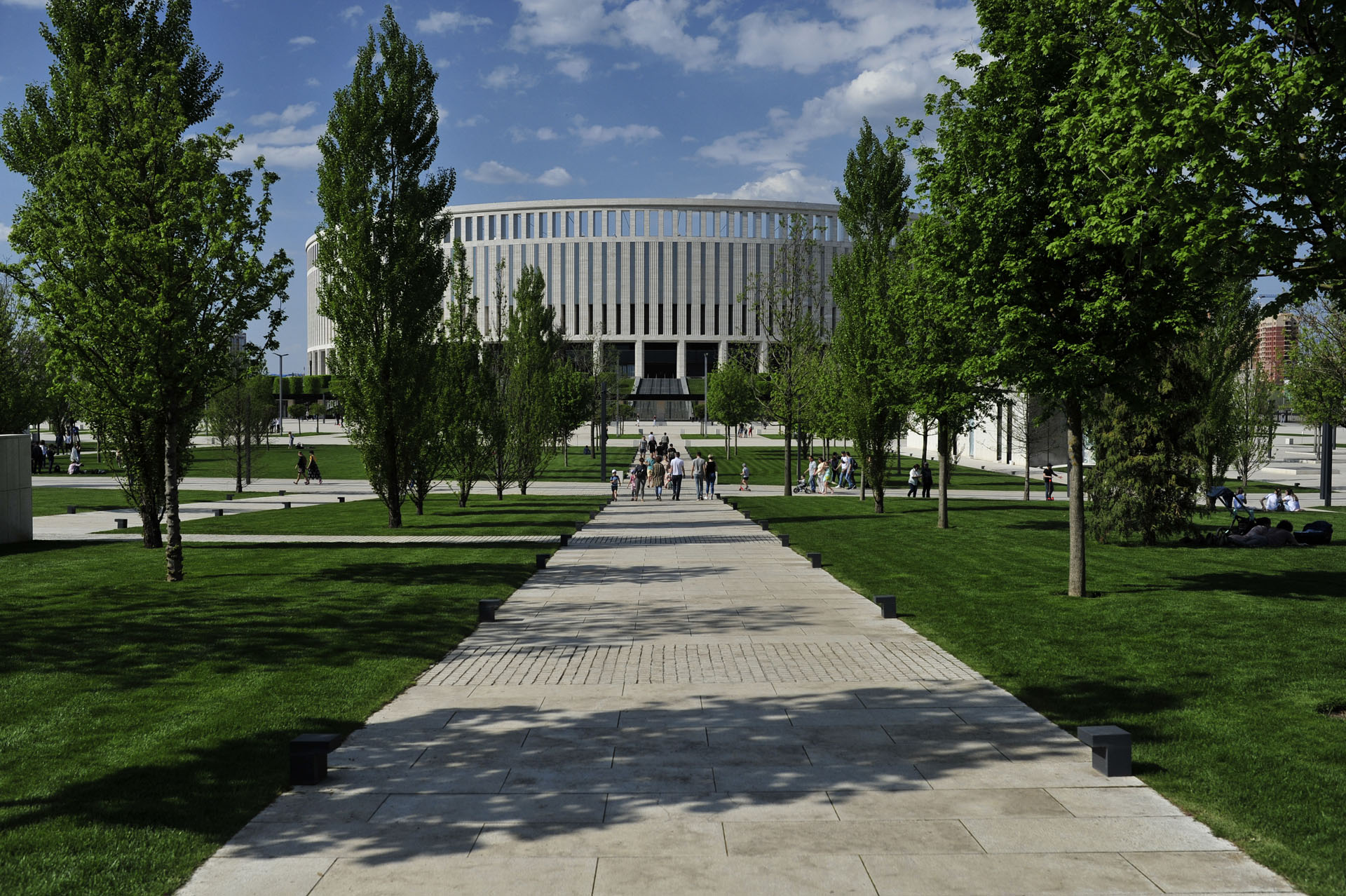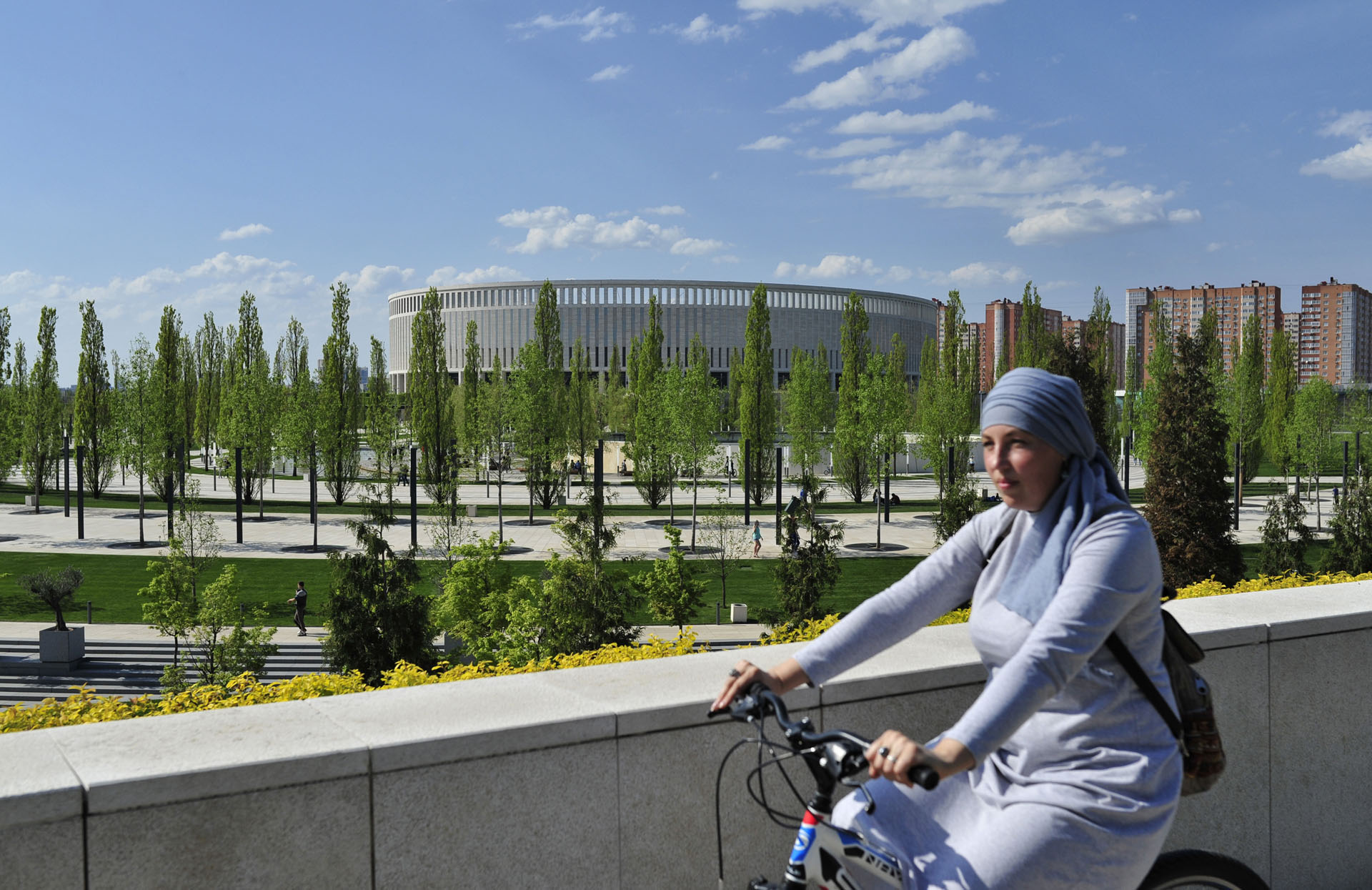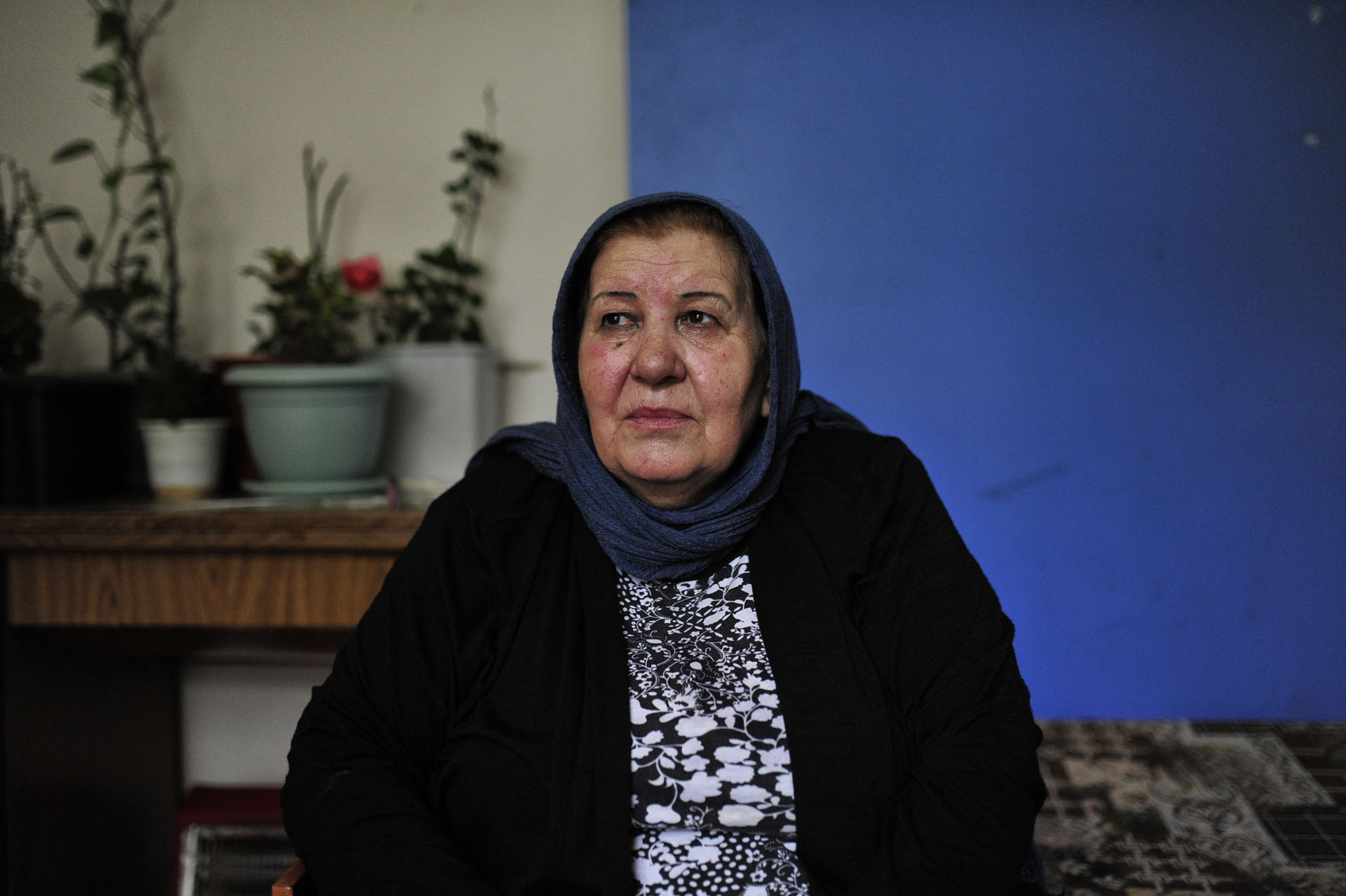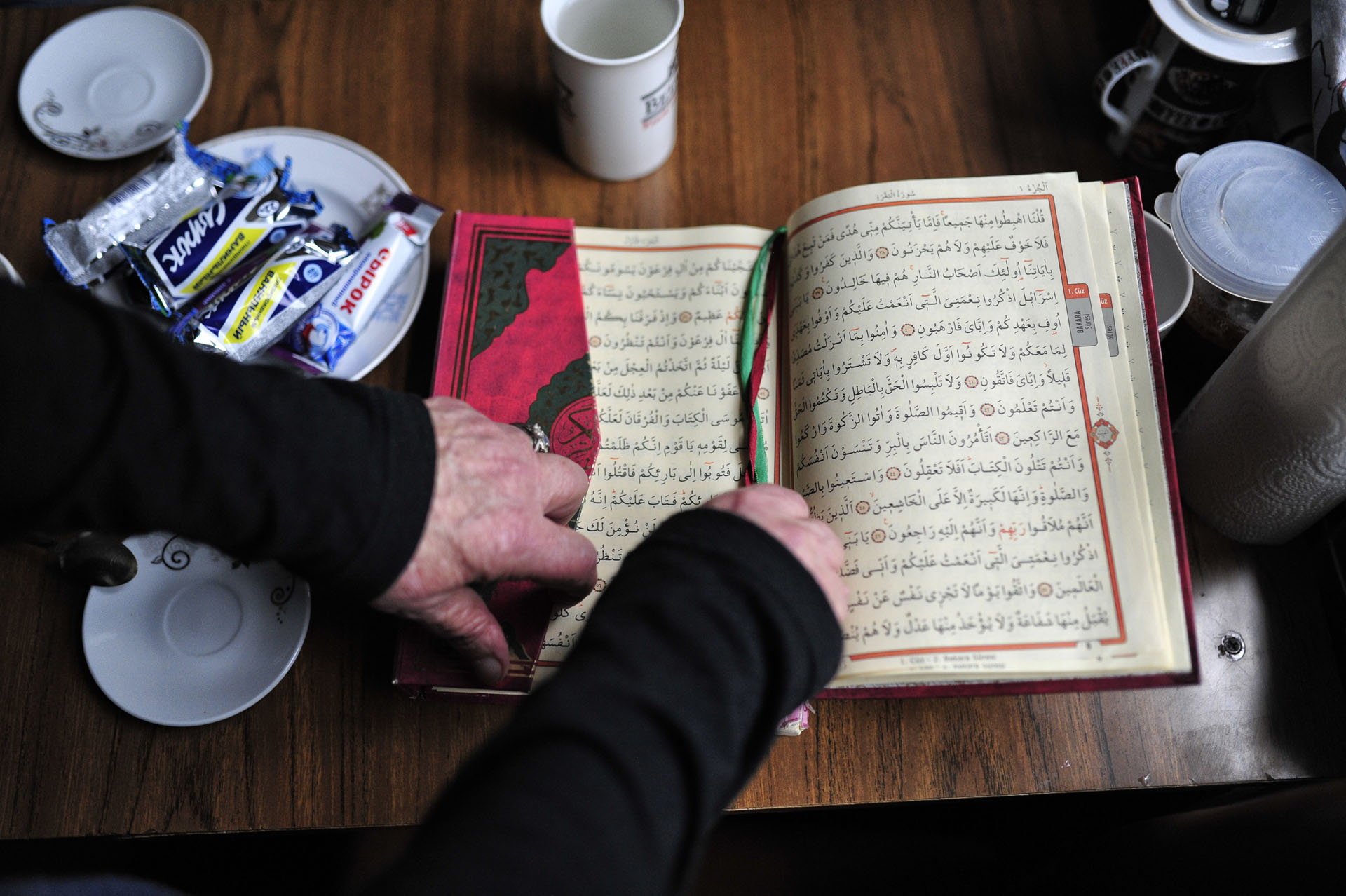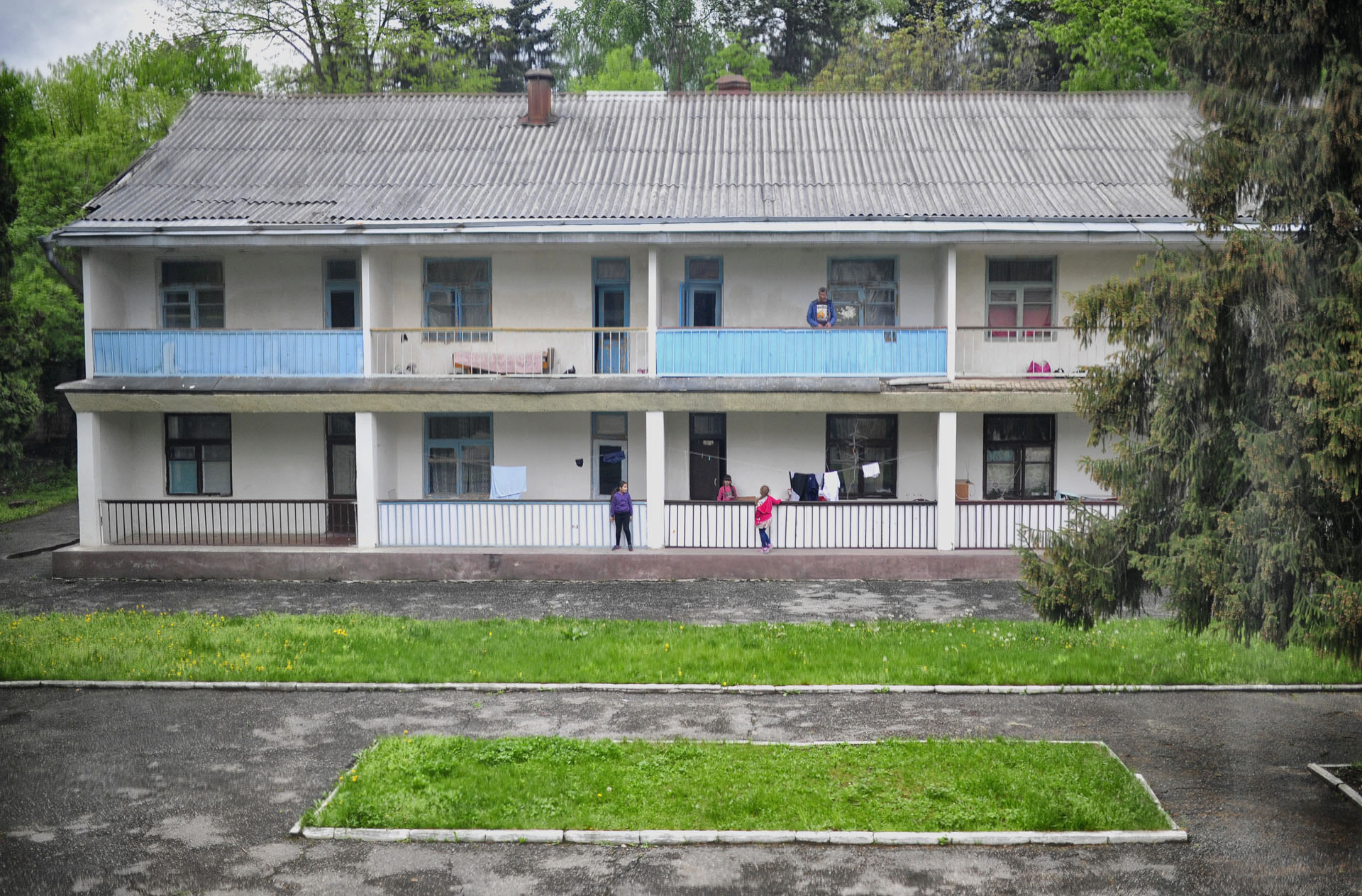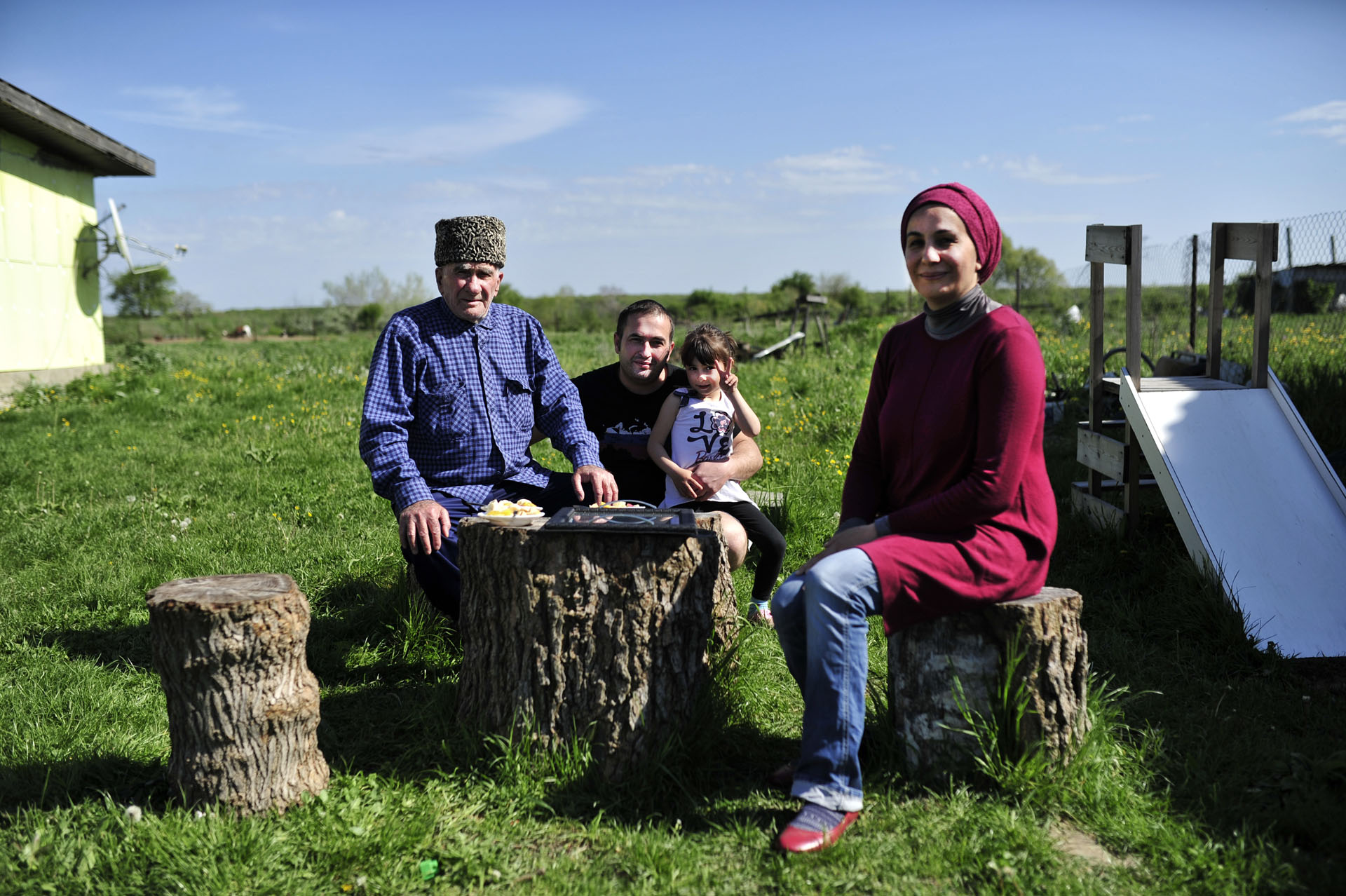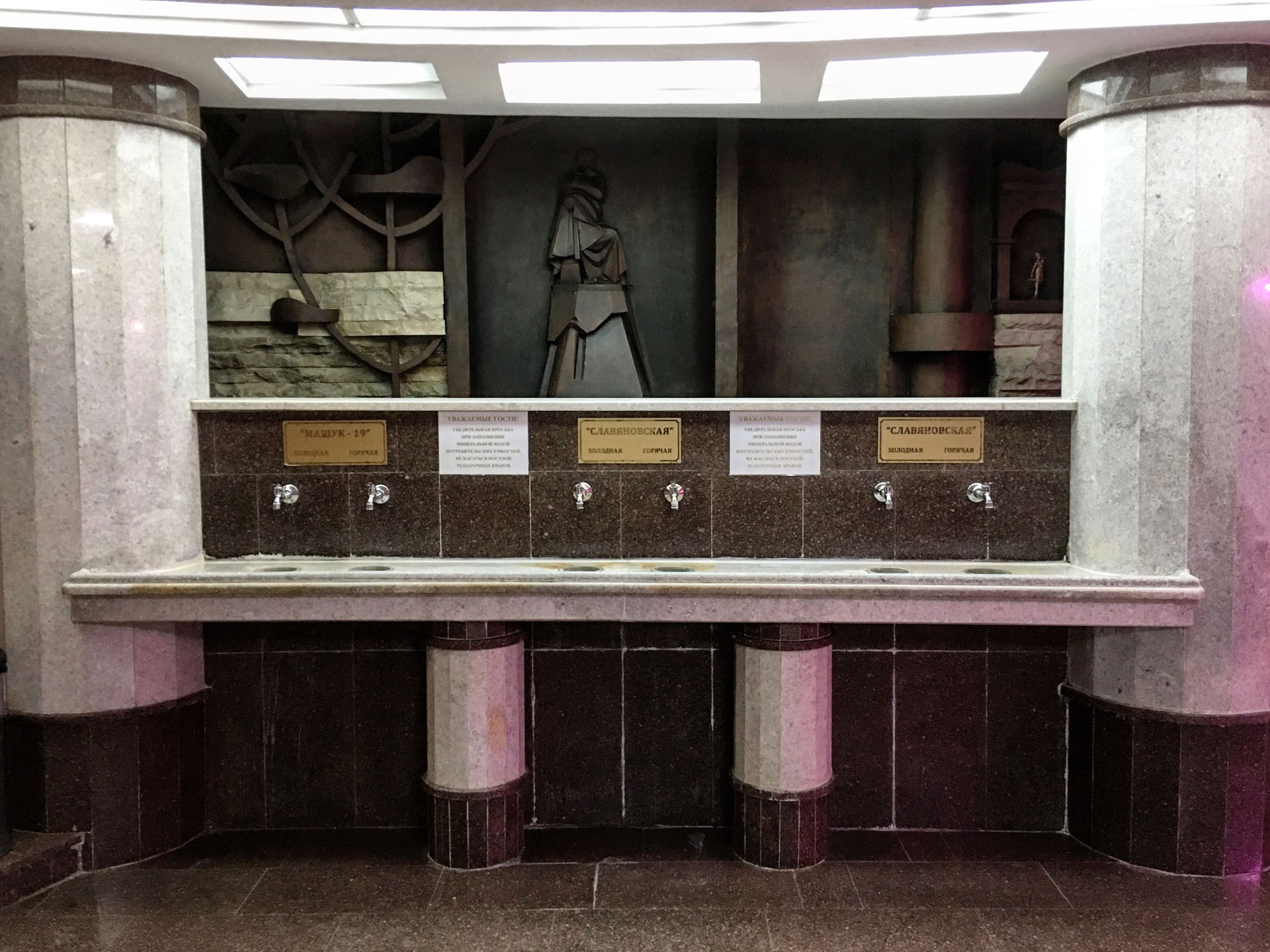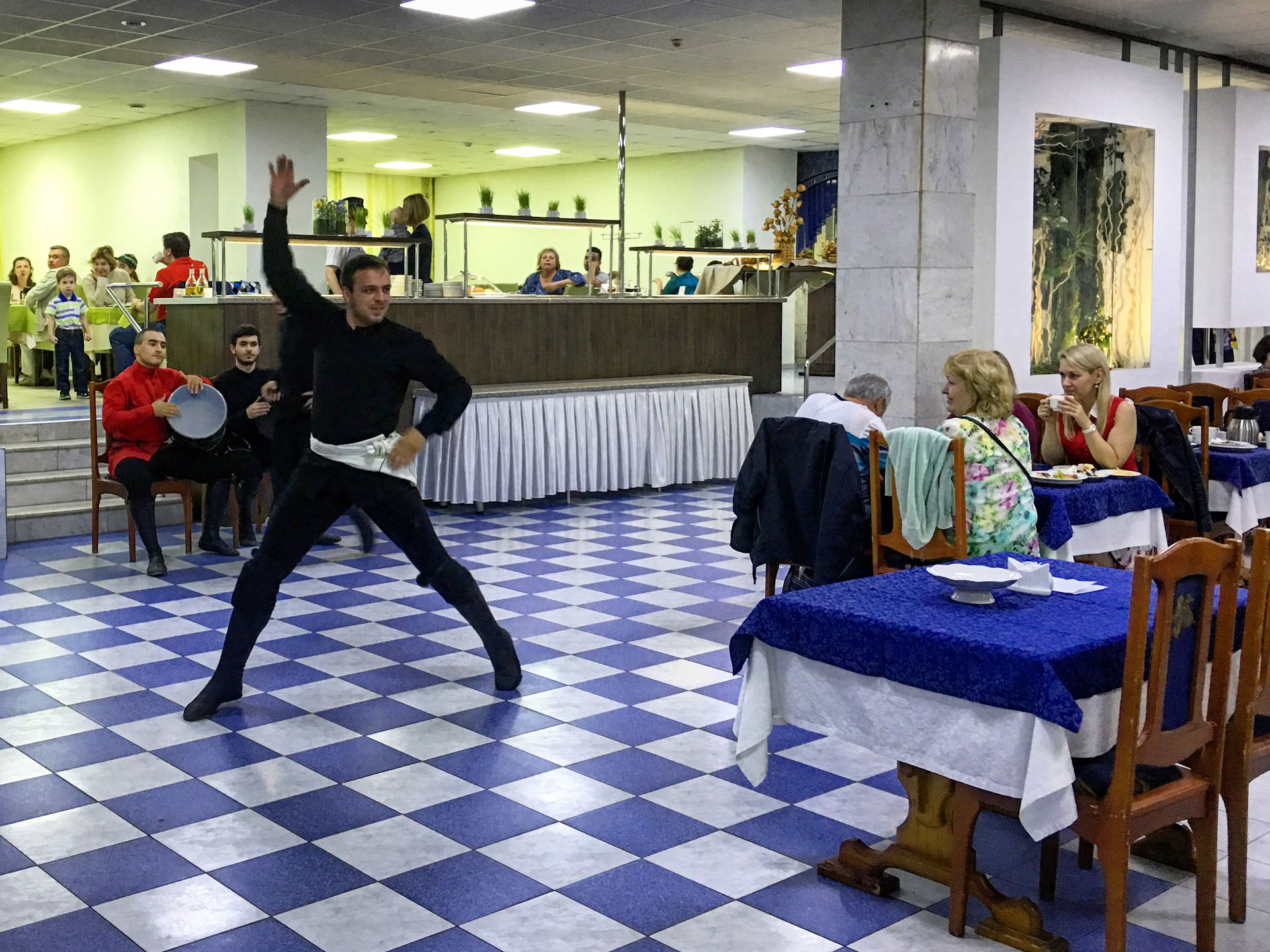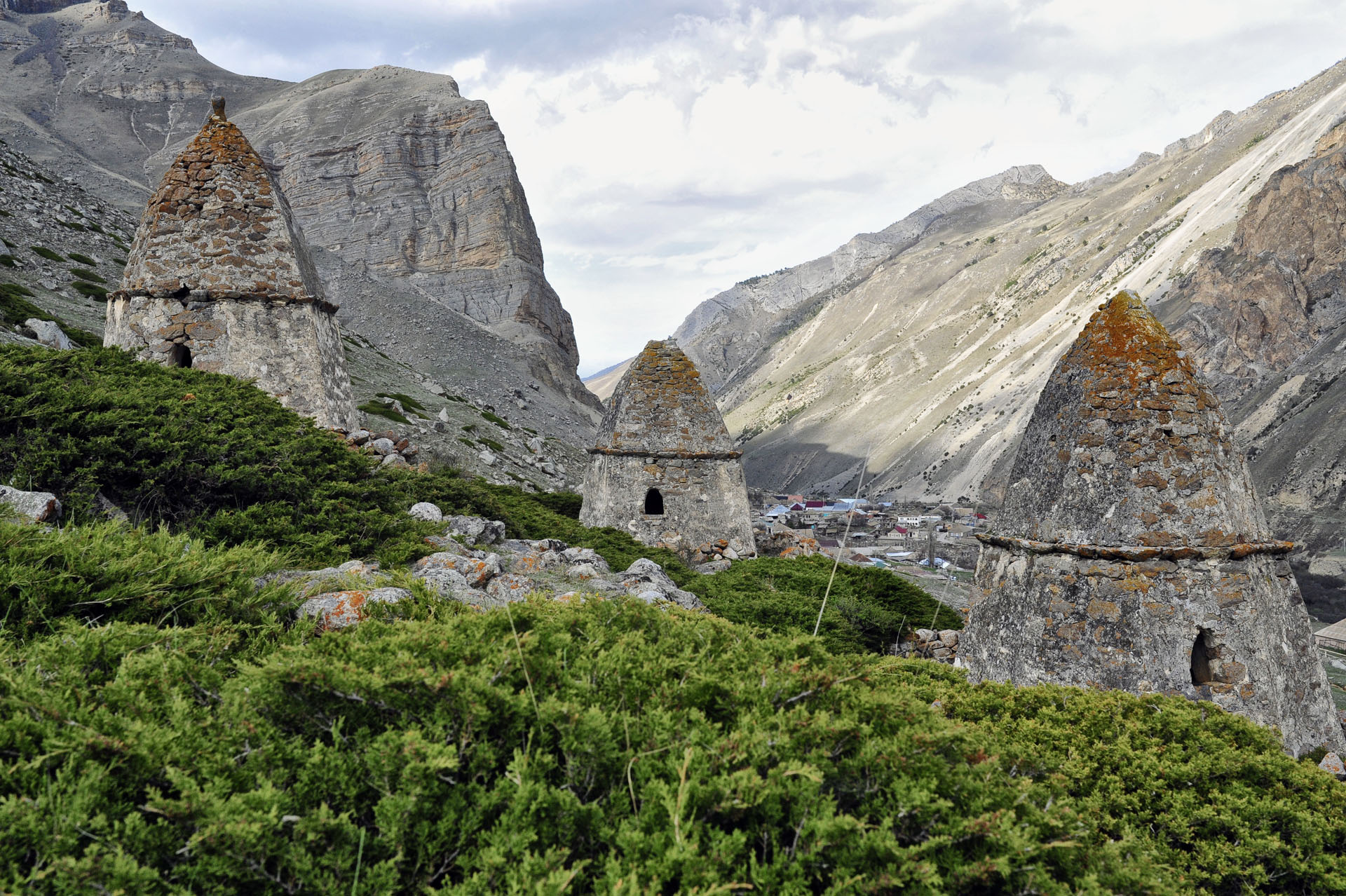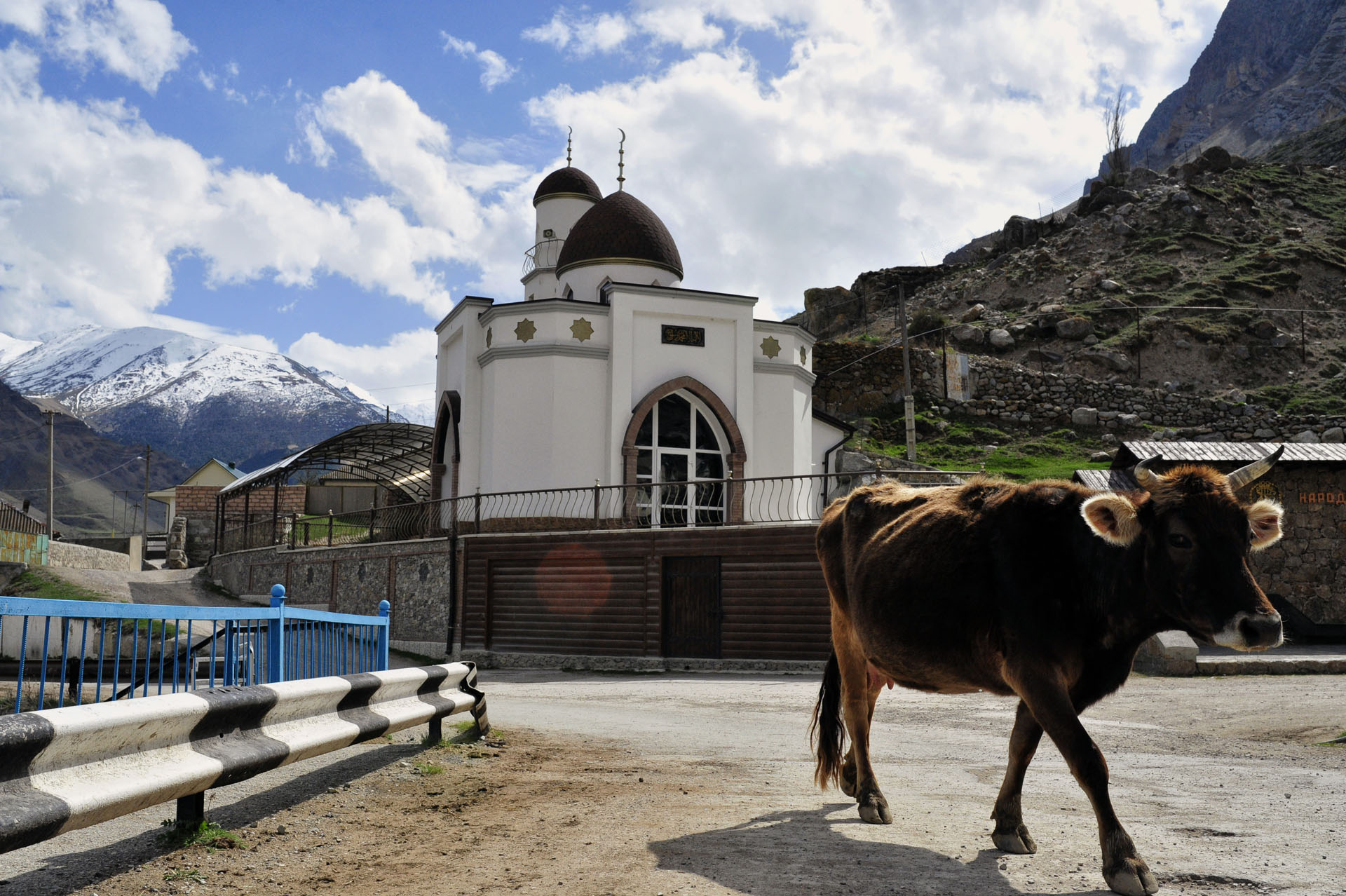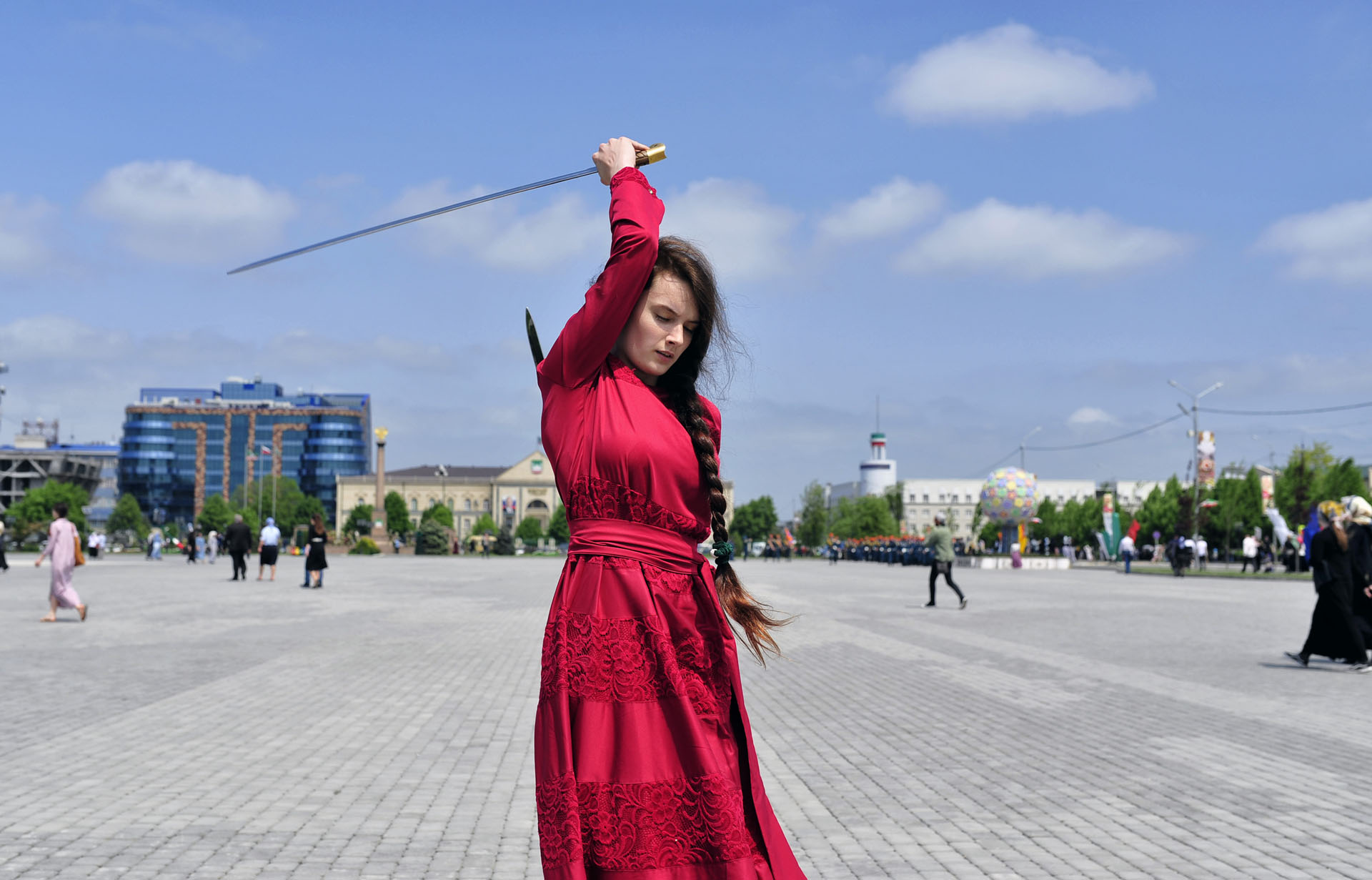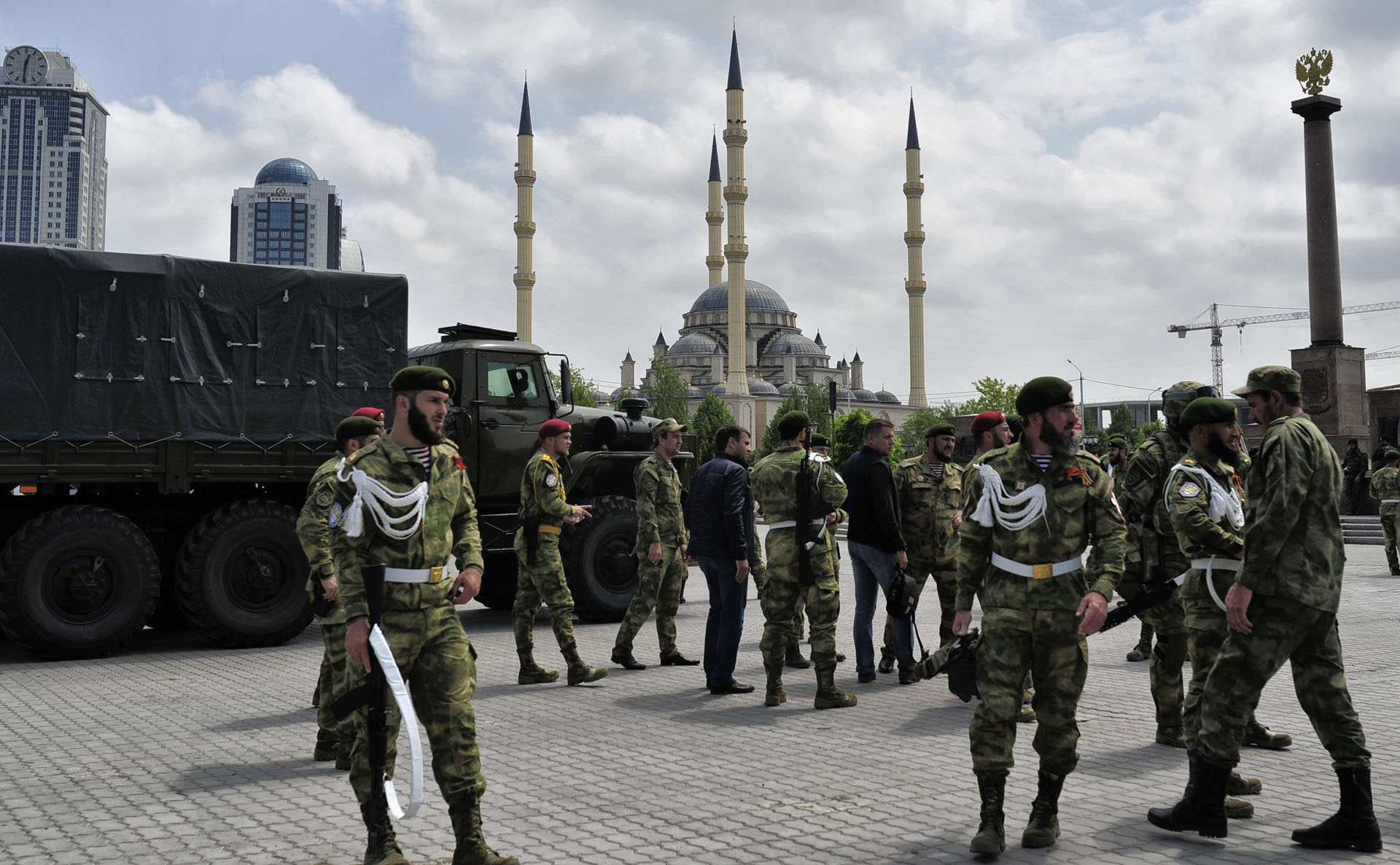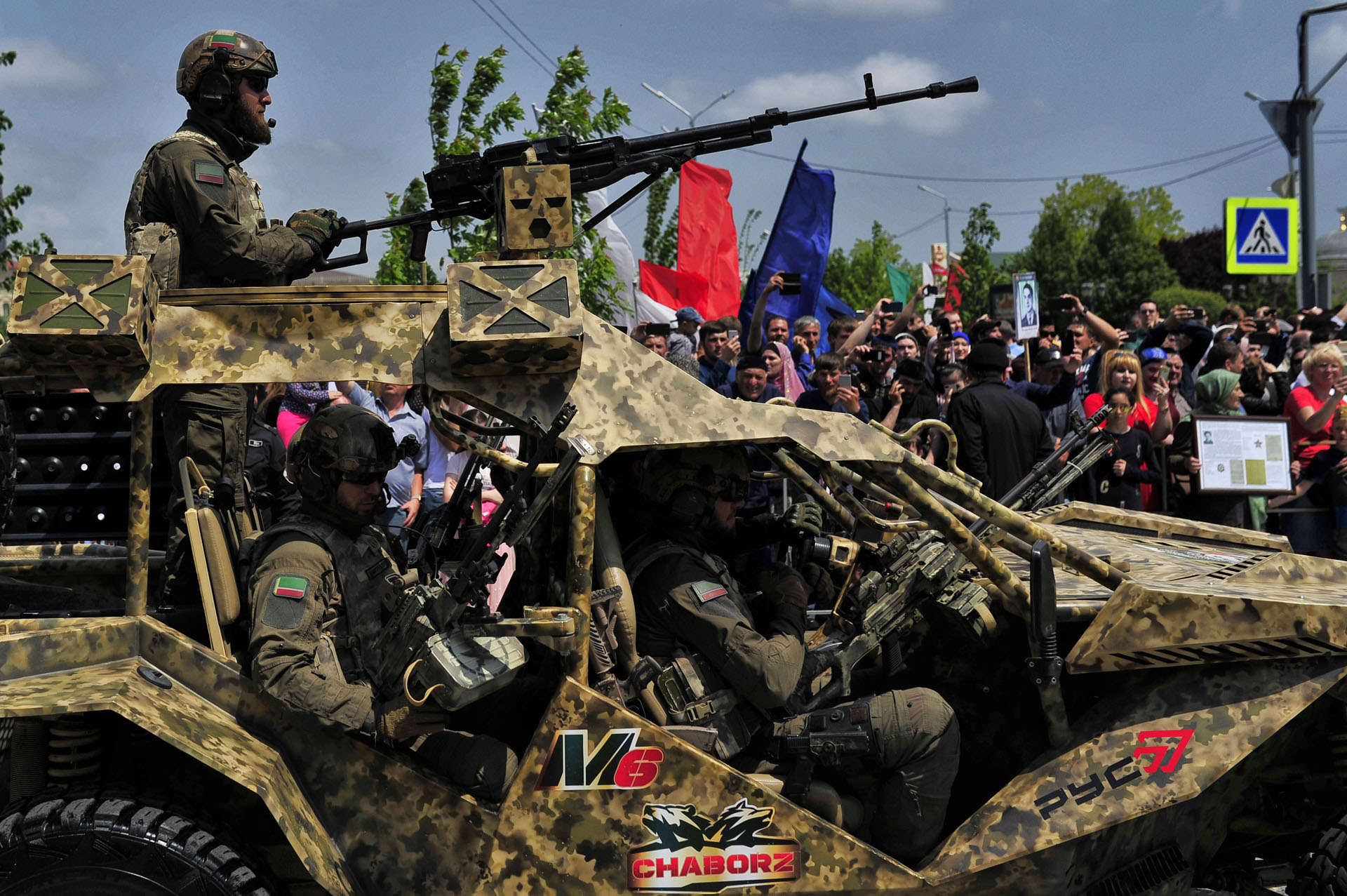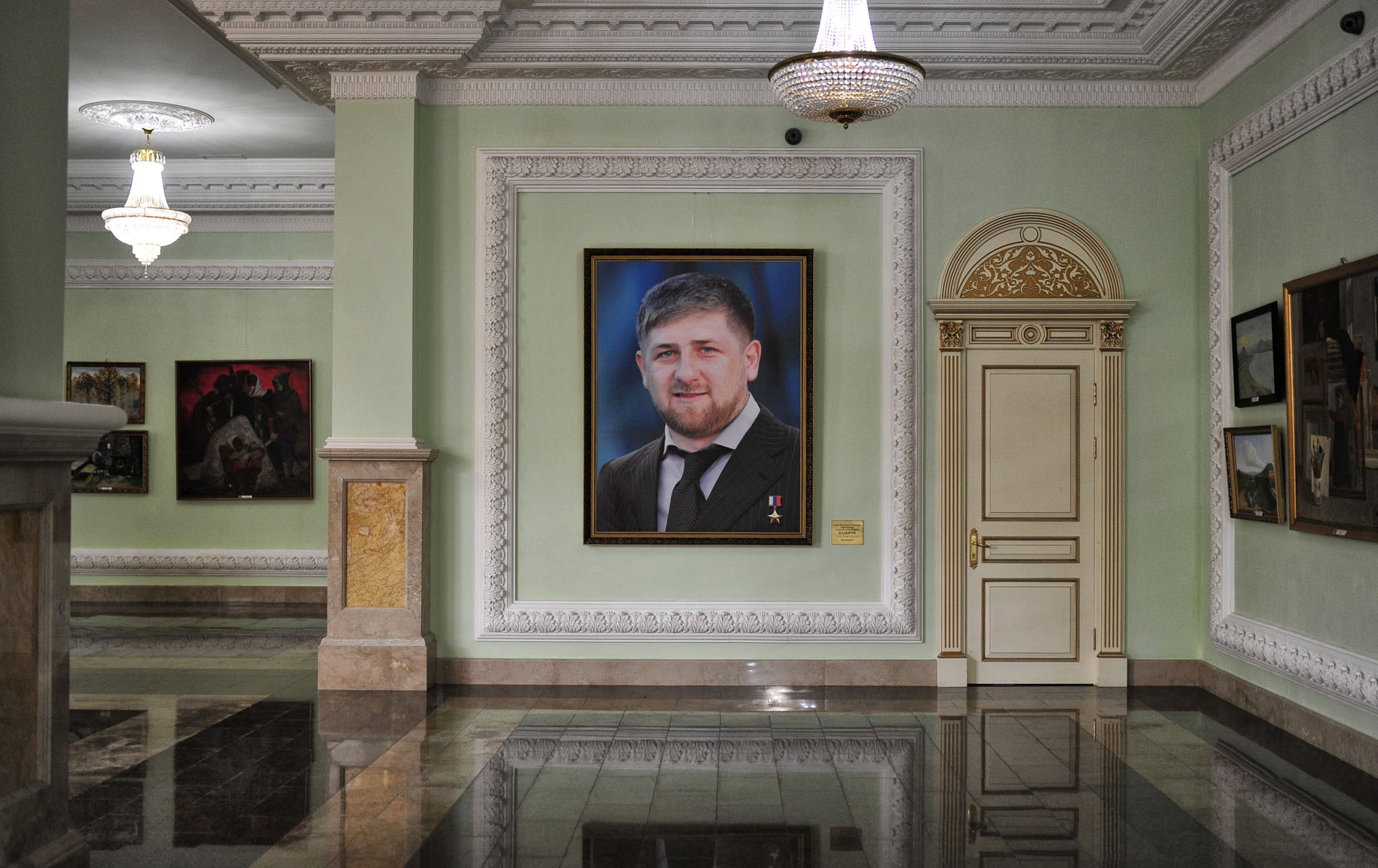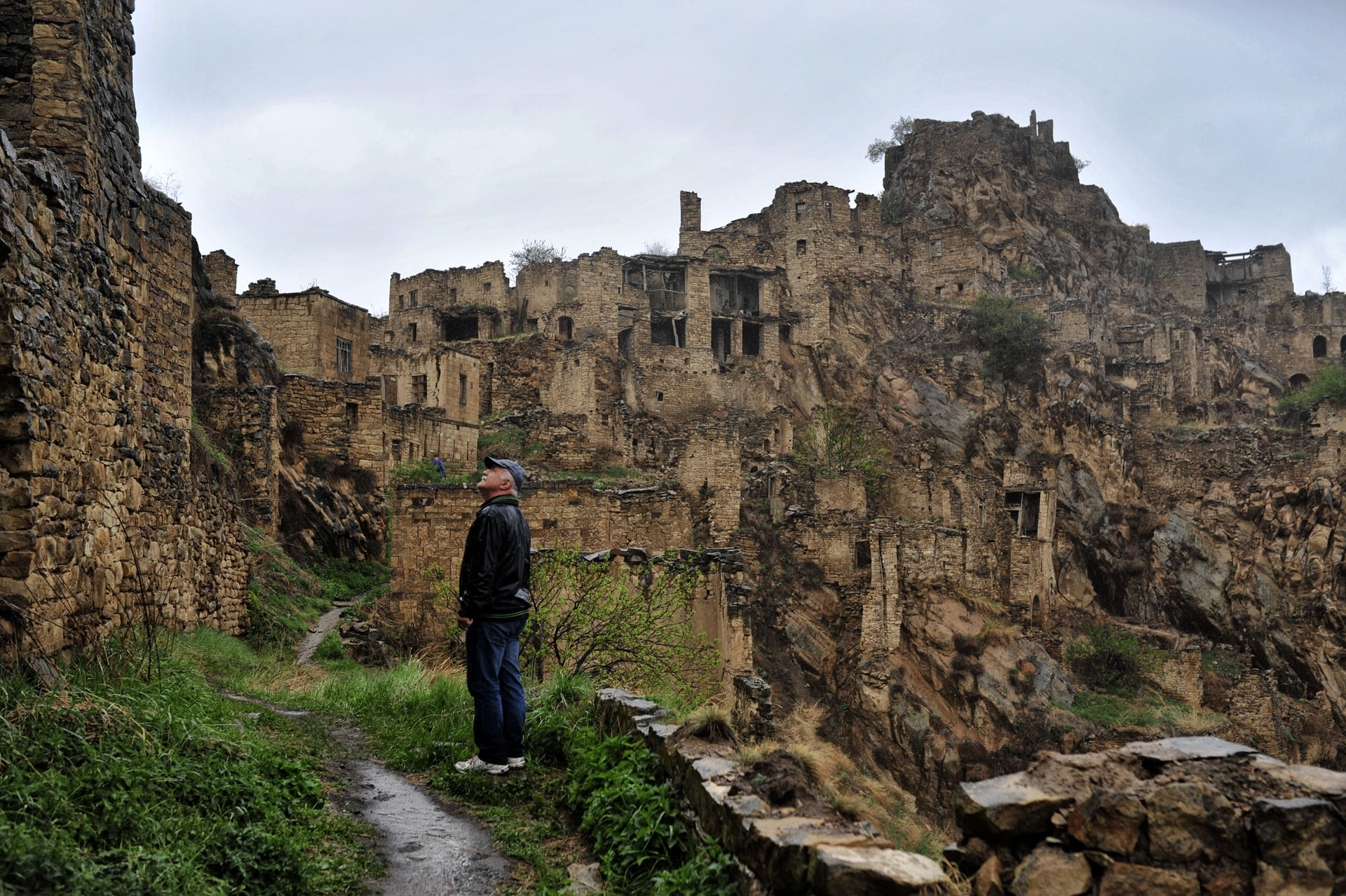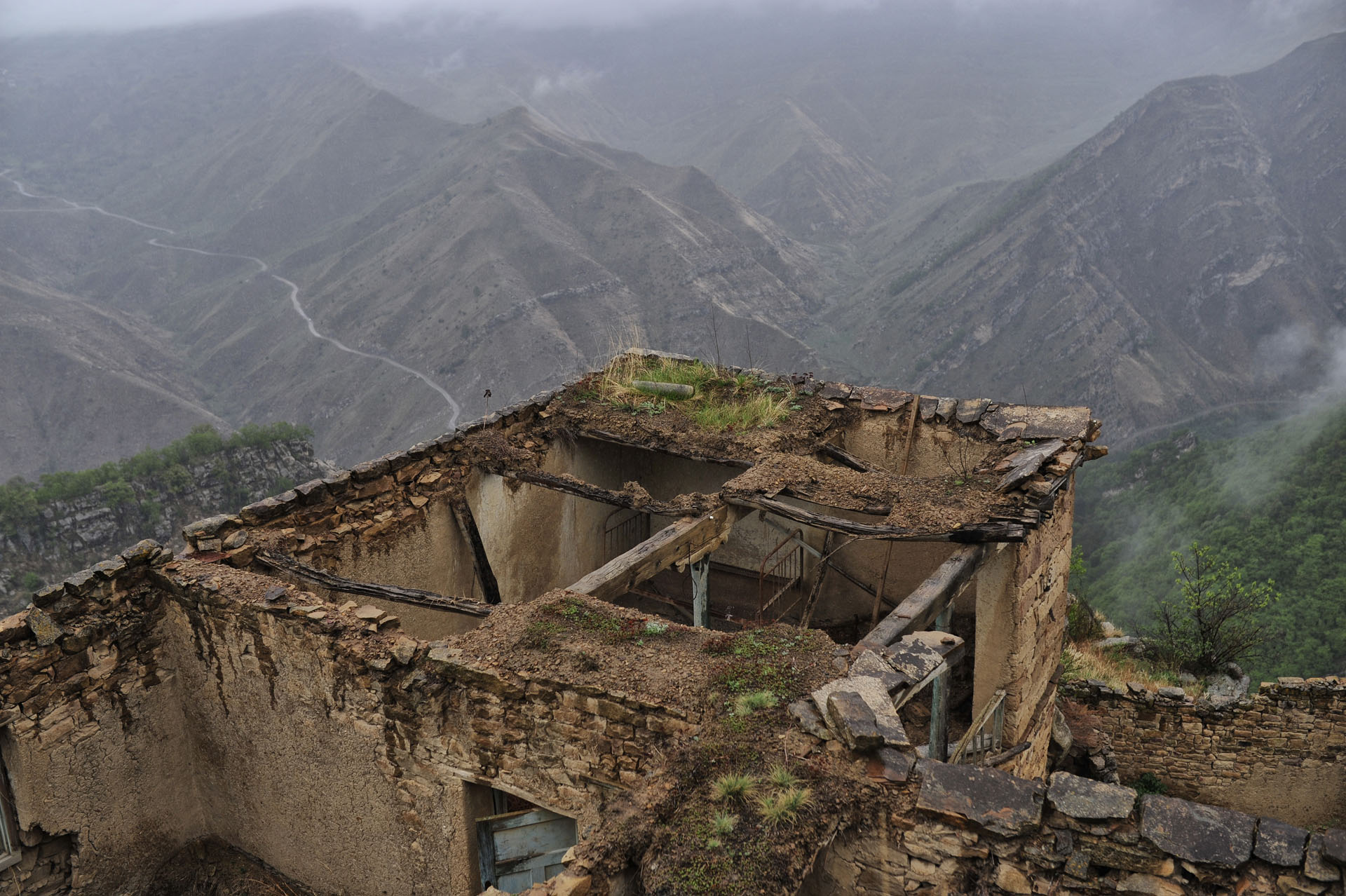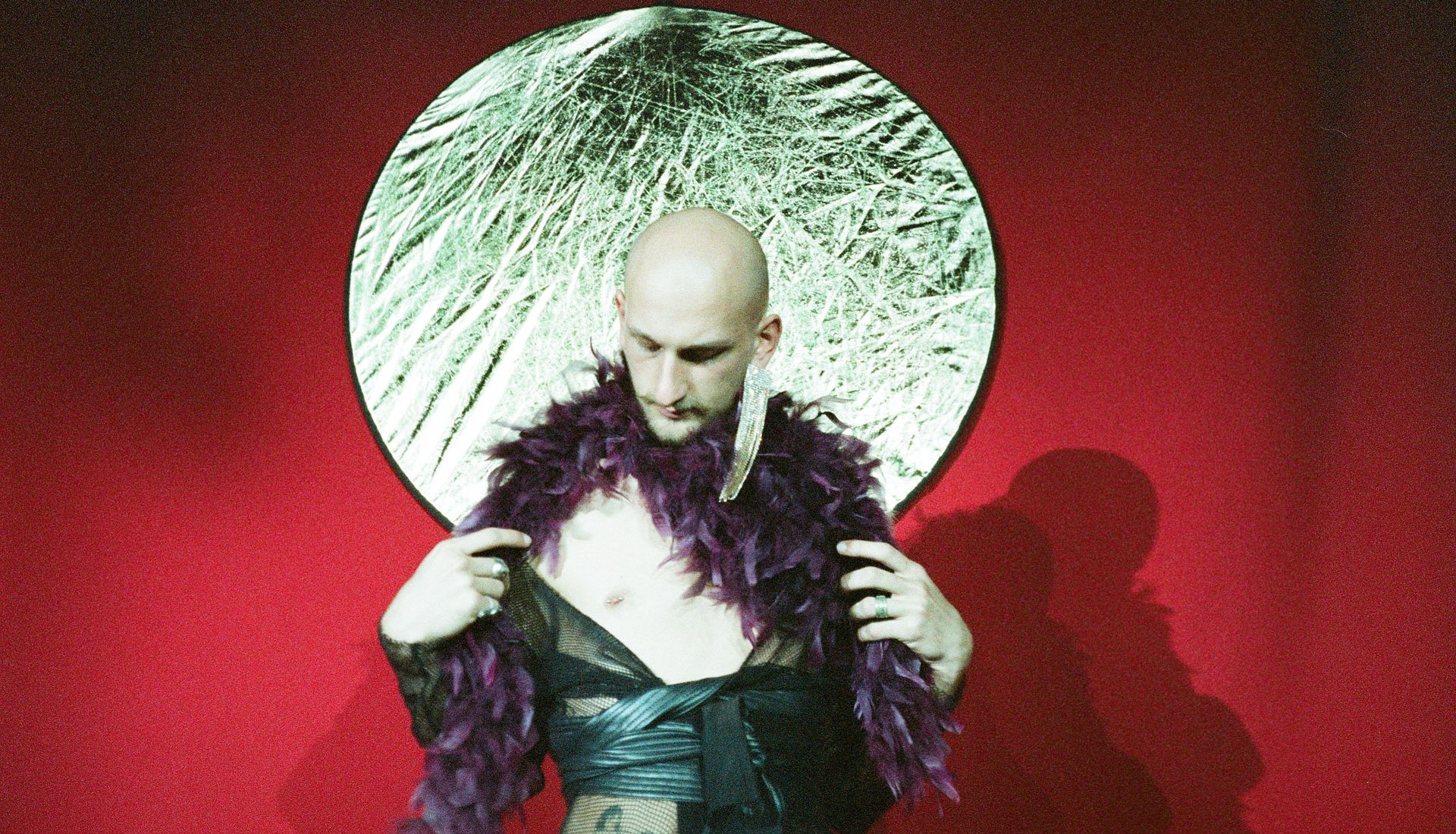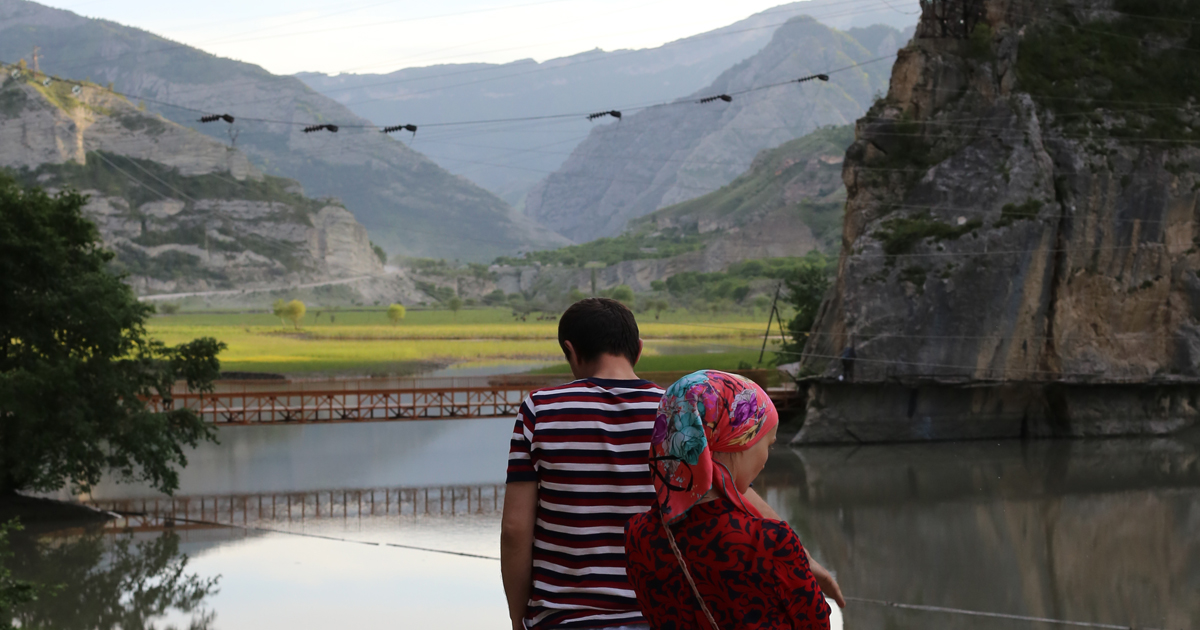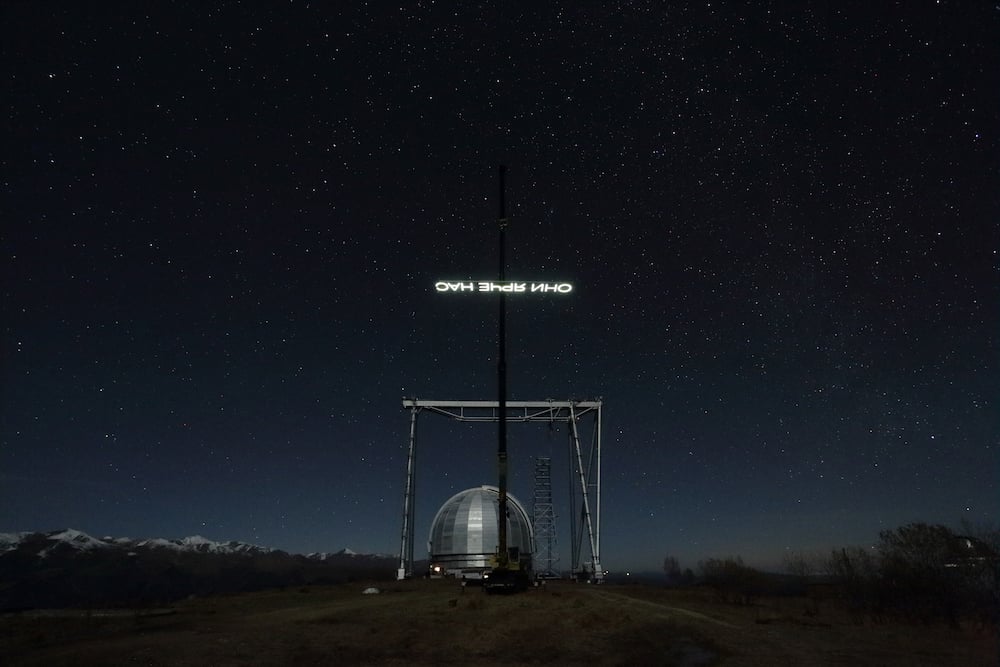Crossing the North Caucasus: a journey from the Black Sea to the Caspian coast
In the spring of 2019, myself and photographer Pascal Dumont decided to embark on a journey across the Russian Caucasus, covering nine distinct regions in a single trip. We didn’t want to miss out on anything the region had to offer, so we began our trip on the Black Sea and ended it on the Caspian coast, where we had our first taste of the Russian Caucasus two years earlier.
Pascal and I had first travelled to the region in March 2017 to document the lives of local wrestlers in Dagestan and to visit Derbent and its ancient citadel. Our brief trip to the Caspian coast sparked our interest in the broader region. The people we met, the flavours we tasted, and the sights we visited in Derbent had left us in awe.
From Imperial Russia’s conquest of the Caucasus and the resistance orchestrated by Imam Shamil to the two Chechen wars in the 1990s, the region continues to be shaped by complex historical events. Making up only a fraction of Russia’s territory, the North Caucasus is home to a variety of cultures, languages, and distinct local identities. Journeying from the Black Sea to the Caspian, our goal was to learn more about the small albeit strategic region that shares its time zone with Moscow.
Grozny
We left the North Caucasus with many unanswered questions about its future. How will its ancient sites be restored? How will the region’s diverse languages and cultures continue to thrive? How will its youth steer clear of radicalism if unemployment rates remain high?
In spite of this, our journey showed us that local cultural identities in the North Caucasus remain strong despite decades of communism. It also showed us that different regions’ relation to the Russian state are not as clear-cut as we are often led to believe.
Krasnodar
With its balmy weather, Krasnodar has the best climate among Russia’s largest cities. This was our gateway to the Caucasus. We had just enough time to visit the city’s impressive Galitsky Park, built in 2017 by businessman Sergei Galitsky. With its geometrical shapes and neat rows of trees, the space is comparable to Moscow’s Zaryadye park.
“This man has built something for the people,” locals say when talking about Galitsky, who also owns FC Krasnodar, the city’s top-tier professional soccer club. But despite its state-of-the-art stadium and its Russian Premier League team, Krasnodar was not selected as a host city of the 2018 World Cup.
Adygea and Circassian culture
On the road to Maykop, we came across small auls, or villages, where a few Circassians from Syria have settled in recent years. They returned to their ancestral homeland when the Syrian war started. Their ancestors fled in the 19th century after the conquest of the Caucasus by the Russian Empire. In Adygea, a landlocked republic in the Krasnodar region, local authorities are encouraging Circassians living abroad to return.
Karachay-Cherkess and Nizhny Arkhyz
In the Russian Caucasus, the administrative divisions drawn up during the Stalin era don’t reflect cultural realities and have caused many territorial disputes. From Maykop, we took a crowded double-decker bus to our next republic, Karachay-Cherkess. We headed to Nizhny Arkhyz to visit the special Astrophysical Observatory belonging to the Russian Academy of Sciences. Standing atop a mountain more than 2,000 meters high, it is still used by scientists today.
For $32, visitors can book a night in the charming retro-style hotel right across from the observatory. There is no café at the hotel, so it’s best to bring your own food. If you need to go back into town, you can only use the staff minibus. The observatory’s employees live in Nauchny Gorodok, a small city in the valley inhabited mostly by scientists. “It’s our little Switzerland,” says the hotel’s cook, who saved us from empty stomaches by offering soup and Olivier salad.
We later bumped into a group of astronomy lovers filming time lapse videos at sunset from the terrace facing the mountains. Over the past few years, Nizhny Arkhyz has also become a new hub for contemporary art in Russia, since the Gogova Foundation launched a residence for young artists there.
Pyatigorsk
A Russian sanatorium is as close as you can get to a holiday in a hospital. For the next leg of our trip, we chose to visit one of the Caucasus’ many Soviet-era sanatoria. The brutalist architectural style of the Rodnik sanatorium, which was built in 1982 and located on a hill in Pyatigorsk, one of Russia’s most popular thermal cities, particularly appealed to us.
Spending a weekend at the sanatorium is serious business. For just $40 a night, you can get a room, three meals a day, and a wide range of treatments. Your stay starts with a medical check-up, where a doctor will point out various ailments. Then you are put on a strict schedule. At 09:00 sharp, a nurse hands you the list of treatments you will undergo that day.
With a medical passport in hand, which will be scanned and stamped by nurses throughout your stay, you head toward your first treatment. Your regimented relaxation begins in a room made entirely of salt blocks, where visitors are serenaded with the ballads of Joe Dassin and Mireille Mathieu. You then take a dip in a bubble bath mixed with plants, while others pinch their noses as they enter a sulphur bath.
When the sun sets, loudspeakers in the restaurant hall blare the entertainment programme for the remainder of the evening. Other offers include a visit to the Mikhail Lermontov museum (Pyatigorsk was where the writer was killed in a duel at the age of 27), a lezginka dance show, or a nocturnal excursion to Grozny.
Kabardino and Balkaria Republic
Our next stop was Nalchik, the capital of the Kabardino-Balkaria Republic. The city once dreamt of becoming a holiday resort, but today stands filled with ruined buildings. We headed into the mountains with Amir, our Kabardian taxi driver, until we reached the village of Eltyubyu (also known to Russians as Verkhny Chegem). Beyond the Chegem waterfalls, the road is in a dire state. Locally, the village is known as gorod mertvykh, or “the city of the dead”, and for good reason. The town is a medieval necropolis, and between the 14th and 18th centuries, noble families were buried here in small stone crypts. In this remote area of the mountains, we were hosted by Indira, who runs a small guest house, serving breakfast, lunch, and dinner. She served up fabulous khichiny flatbread — by far the tastiest and greasiest we found.
Republic of North Ossetia-Alania and Dargavs
Another gorod mertvykh can be found in Dargavs, a village in neighbouring North Ossetia-Alania. Bones and skeletons can still be found in the tiny structures scattered across its hills.
From an architectural point of view, Vladikavkaz is the most interesting city we visited. The status of the city and its surroundings fuel tensions with neighbouring Ingushetia. These fraught relations are tangible at the checkpoints between the two republics. Travelling to the neighbouring region requires a stop at a checkpoint, as if you are crossing an international border. Their introduction is meant to give law enforcement more control in a region still considered to be Russia’s most unstable. Special operations carried out by Russia’s security forces, the FSB, in the Caucasus routinely appear on the news.
Ingushetia and Magas
Only slightly larger than Luxembourg, Ingushetia is the smallest of Russia’s federal subjects. Last year, a portion of its territory was handed to Chechnya, sparking weeks of demonstrations and mass arrests. The republic’s former governor, Yunus-bek Yevkurov, was seen as being unable to defend the population’s interests.
“Our people value freedom and we can’t accept what’s happening. Did you see our land? There’s nearly nothing left of it,” said one young man, who wished to remain anonymous. We met him at the Tower Concord monument, a replica of a traditional Ingush tower built in 2013. The city’s main attraction, however, has no elevator: to enjoy the view from the top, 100m above the ground, visitors must walk through an endless gallery of paintings featuring local myths and legends. In this way, Magas feels like a smaller version of Kazakhstan’s Nur-Sultan, with the impression of being an empty administrative capital built ex nihilo. From the top of the monument, Magas looks like a miniature city model, with a presidential palace that could have appeared in a cartoon.
Chechnya and Grozny
Grozny has at least one thing in common with the Ingush capital: impeccable tidiness. There are no traces of the two wars that raged here, and luxury facades abound. These include a grandiose museum dedicated to Akhmat Kadyrov, the republic’s former leader and father of its current president, Ramzan Kadyrov. Here, taking pictures is not allowed. Visitors receive similar instructions when passing by Kadyrov’s palatial residence.
We arrived during the annual 9 May Victory Day parade, which showcased Kadyrov’s personal soldiers, known as Kadyrovtsy. That display of military might was followed by a procession known as the “Immortal Regiment”, during which families march down Vladimir Putin Avenue — a symbol of the region’s newfound political stability — clutching pictures of relatives who died in the Great Patriotic War, the term used to describe the Second World War in many former Soviet states. The following day, the population commemorated the deportation of Chechens by Stalin in 1944.
For us, Grozny was a short stop. We were looking forward to the Caucasus’ picturesque landscapes.
Dagestan, Chokh, and Gamsutl
For the unaccustomed, a drive in Dagestan can be a dizzying, motion sickness-inducing ordeal. But locals embrace the extreme driving conditions on the narrow, winding roads across the mountains. Some simply refuse to slow down while making a turn. Yet despite the bumpy ride, the views Dagestan has to offer beyond the coach window remain beyond breathtaking.
We never figured out which minibus to take to the village of Chokh, our final destination, so we decided to hitchhike from the regional capital of Makhachkala. Chokh is the hometown of Ali Aliyev, a decorated Soviet wrestler who gave his name to a local wrestling school. A small golden bust of Stalin is on display in the centre of the village, which was founded at the beginning of the 8th century.
After years of bearing the brunt of countless counter-terrorism operations, the region is now slowly opening up to tourism. In Chokh, a guest house has just opened. We stayed with Issa, an ethnic Avar who was both the vice-principal of the village school and its wrestling coach. He was optimistic by nature, but concerned about the future of the village. Chokh loses inhabitants every year. Issa is pinning his hopes on Zaur, the man who opened the trendy new guest house.
At dawn the following day, Issa insisted on guiding us to Gamsutl, an abandoned village nearby. Just a few years ago, this ghostly place lost its last inhabitant. The old mosque is now in ruins, and as only a few tourists come to visit, the old road has since been taken back by nature. This was Issa’s first time hiking since he suffered a heart attack a year earlier. We arrived at Gamsutl soaked to the bone from the pouring rain, but Issa was content nonetheless.
“Rain is like classical music”, he said.
